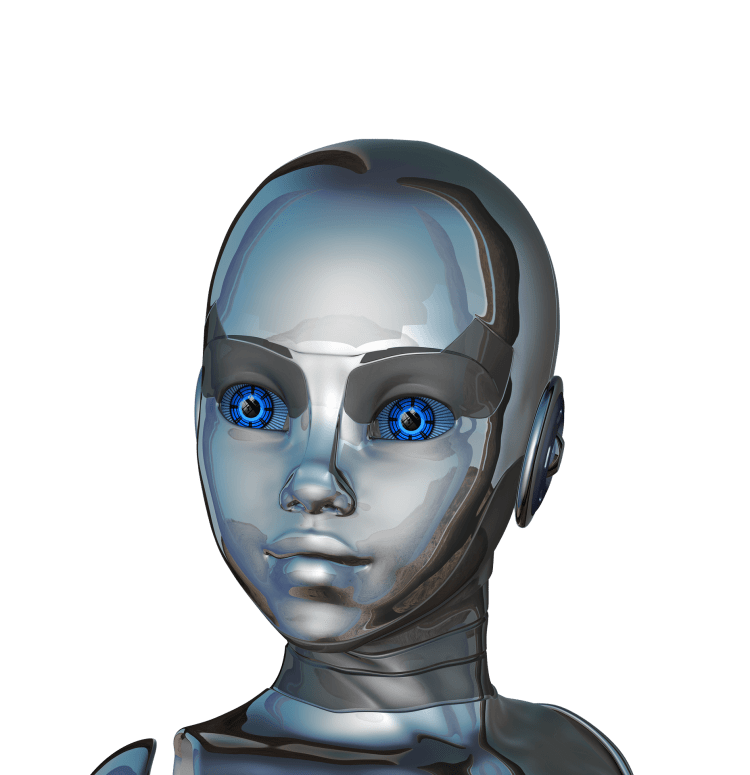Meet Vicki...Your Kid's New Robot Employee

Categorized under: predictions
When I was a kid, one of my favorite shows to watch was “Small World”. In this show, Vicki was a robot created by the robotics engineer father to be part of a family. Vicki would help out around the house. But, sometimes things didn’t quite go right because of technological challenges (literal speech interpretations, etc..). Fast forward to today and we are witnessing amazing advances in technology. In the latest video from Boston Dynamics, we witness a robot that is able to do a backflip. This is creating a tremendous amount of anxiety about the future of work. Essentially, the argument is that if the robots are doing everything; then, there is nothing left for the humans to do. While this is certainly a possibility, what is more likely is that in the transitory period between now and then; advances are going to require a large number of skilled workers who can manage our new technology workers.
How does technology work?
As we think about how computer programming works, it is essentially giving a set of instructions to a machine to carry out a specific task. For example, ‘print “hello world”;’ will instruct a computer to print the words ‘hello world’ on the screen when the program is executed. While this is a basic example, it illustrates one of the fundamental opportunities within technology. You need to have skilled workers who are able to write the computer programs. These computer programs become increasingly complex based on the different boundary conditions and expected outcomes. So, the ability to write these programs is a skill that is going to be in huge demand for the future. To go back to the robot that is now able to perform a backflip; that impressive outcome likely required a team of hundreds of engineers writing millions of lines of code over a period of several years.
What jobs can robots do?
As we talked about in the last section, computer programming is fundamentally about writing a set of instructions for a machine to complete. If you think about the jobs that are most susceptible to automation, it is the ones that include tasks that are specific, repeatable, and have a measurable outcome. For example, one of the first jobs that incorporated elements of automation was bank teller via automated transaction machine (ATM). With an ATM, you can conduct a specific set of repeatable tasks (withdrawals up to $300, deposits up to 10 items, and checking available balance). However, there are many things that an ATM cannot do: you can’t apply for a home, car or business loan via ATM, you can’t withdraw a large sum of money via ATM and you can’t resolve transaction issues via ATM.
To continue to provide high level of customer service, banks have hired workers who are more skilled in helping you solve more challenging issues. This has relegated the rote, repeatable work to a machine and left the more difficult work for humans who excel in creative problem solving.
Who teaches robots how to do work?
As technology evolves, we will likely reach an inflection point where through a combination of machine learning, artificial intelligence, and big data we will start to purchase robots to complete a variety of work tasks. However, because every business is different even those within the same industry or niche; these robots will have computer programs that are essentially starter packs. From the starter pack, employees at the company will program the robots to do the specific, repeatable and measurable tasks to drive increased business results.
This will not be as simple as just setting a few variables to certain values. Instead, it will require an understanding of the baseline relationship between how computers work, how the business works, and how the intersection of those two skills drives a better outcome for the company.
When we think about the evolution of websites, they started out as being able to be programmed only by those who had deep knowledge. Years later, the technology evolved such that there were several templates that non-programmers could leverage to get their business online. However, anyone who is familiar with these templates realizes that those are limited because the boundary conditions are so tight that in order to achieve the target results, one has to be knowledgeable on HTML/CSS coding. Robots and automation will be no different. There will be solutions developed that enable one to get decent results using a ‘robotic template’. However, that will not be a substitute for hiring employees who have a true knowledge of how automation works. These employees will drive large gains by going beyond the limitations of what the automated templates provide.


 By:
By: